9 July 1778 Thursday
. . . . . .
Artifacts of the Bianconi vs Piranesi 'Circus of Caracalla' affair 1772-1789
13. Page 556 of Pierluigi Panze, Museo Piranesi, 2017:
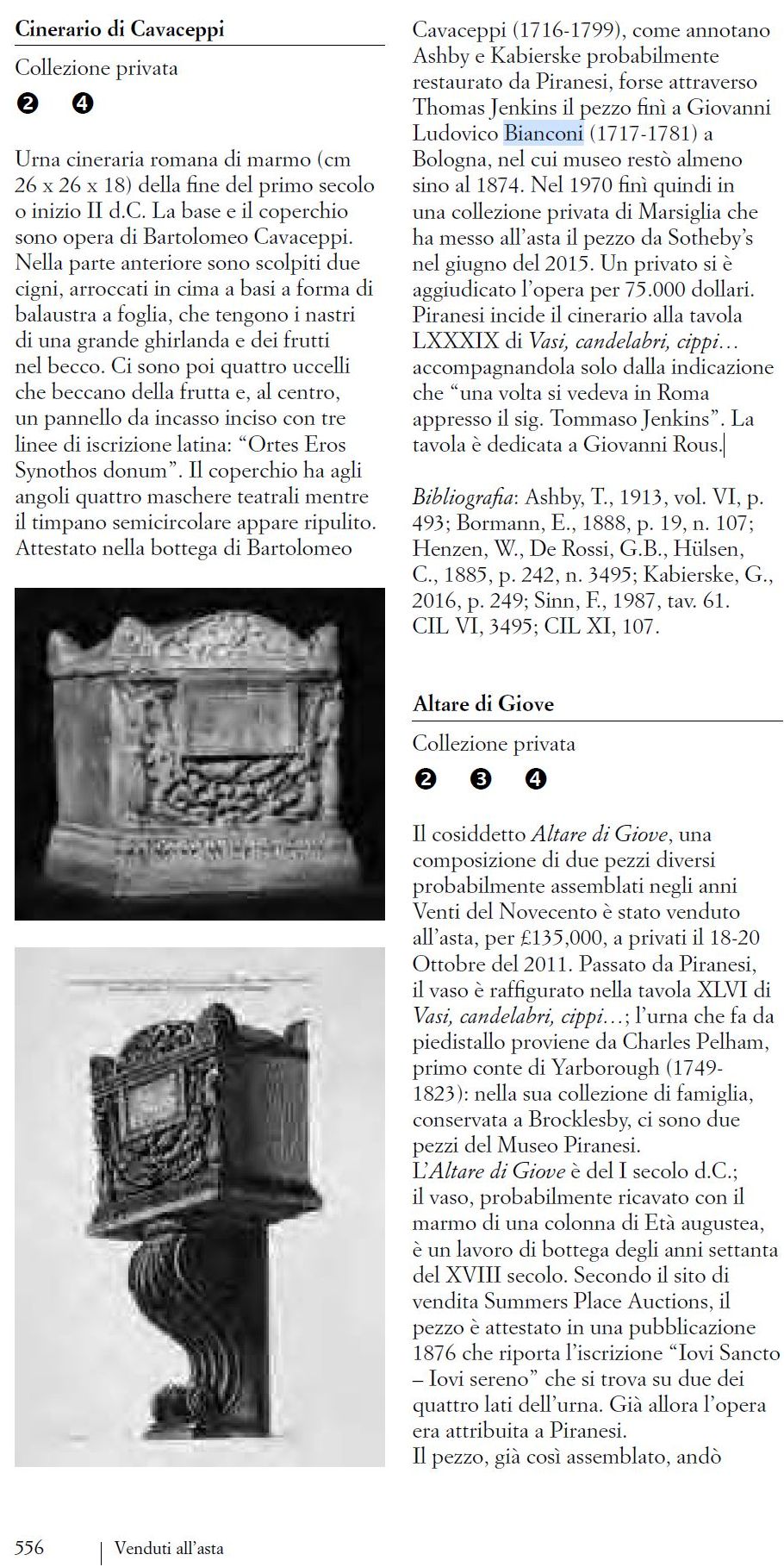
Roman cinerary urn in marble (26 x 26 x 18 cm) from the end of the first century or the beginning of the 2nd century AD. The base and lid are the work of Bartolomeo Cavaceppi. At the front are carved two swans, perched atop leaf baluster-shaped bases, holding the ribbons of a large garland and fruit in their beaks. Then there are four birds pecking fruit and, in the centre, a recessed panel engraved with three lines of Latin inscription: "Ortes Eros Synothos donum". The lid has four theatrical masks at the corners while the semicircular tympanum appears cleaned up. Attested in the workshop of Bartolomeo Cavaceppi (1716-1799), as noted by Ashby and Kabierske, probably restored by Piranesi, perhaps through Thomas Jenkins, the piece ended up with Giovanni Ludovico Bianconi (1717-1781) in Bologna, in whose museum it remained at least until 1874. In 1970 it then ended up in a private collection in Marseille which auctioned the piece at Sotheby's in June 2015. A private individual fetched the work for $75,000. Piranesi engraves the cinerary on plate LXXXIX of Vasi, candelabra, cippi... accompanying it only with the indication that "once in Rome one could see Mr. Thomas Jenkins". The table is dedicated to Giovanni Rous.
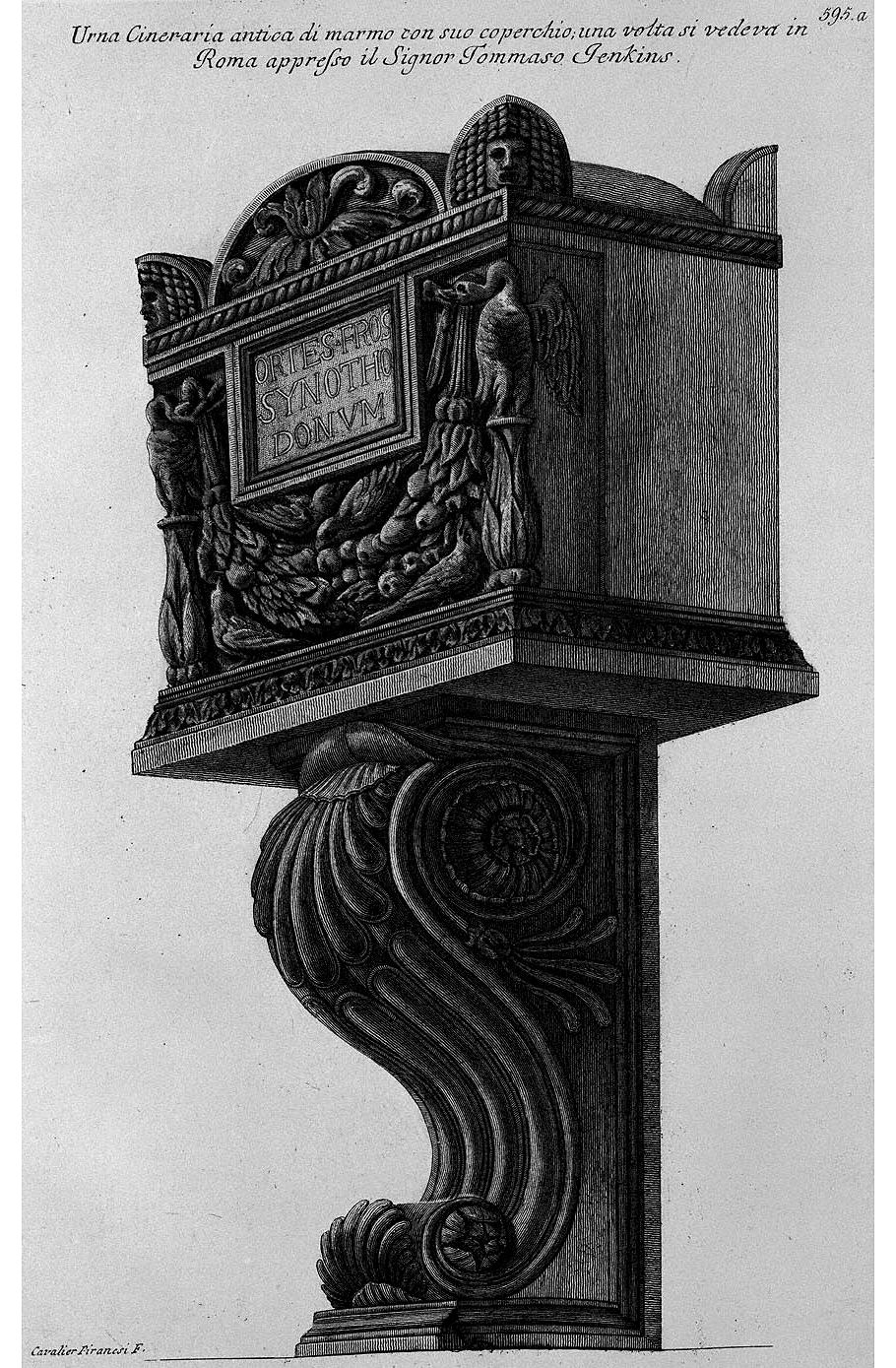
46 y.o. Francesco Piranesi 1804
Le Antichità della Magna Grecia Parte I
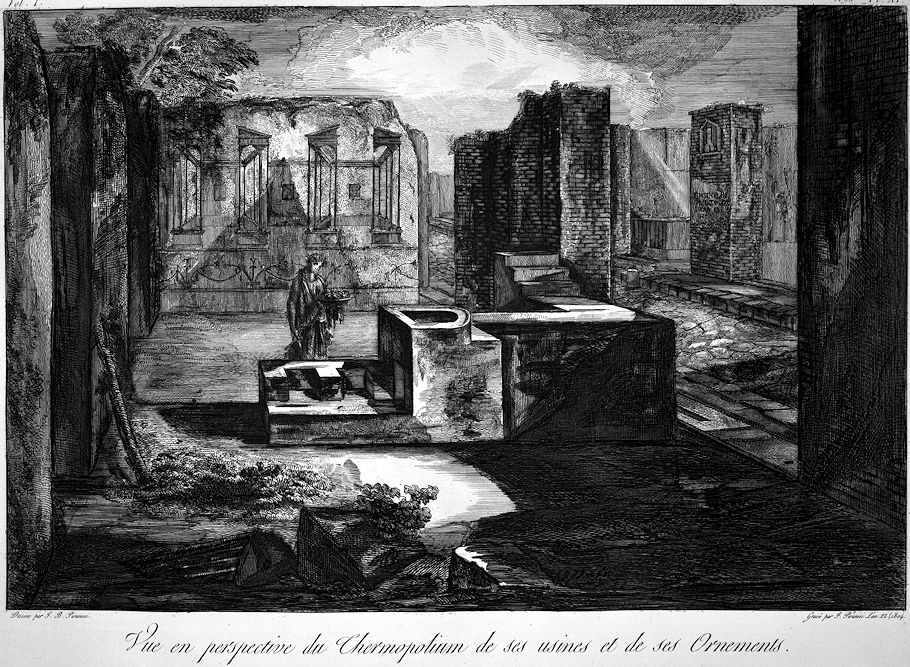
Perspective view of the Thermopolium of its Structure and Ornaments.
Drawn by G.B. Piranesi
Engraved by F. Piranesi Year 12 (1804)
9 July 1812 Thursday
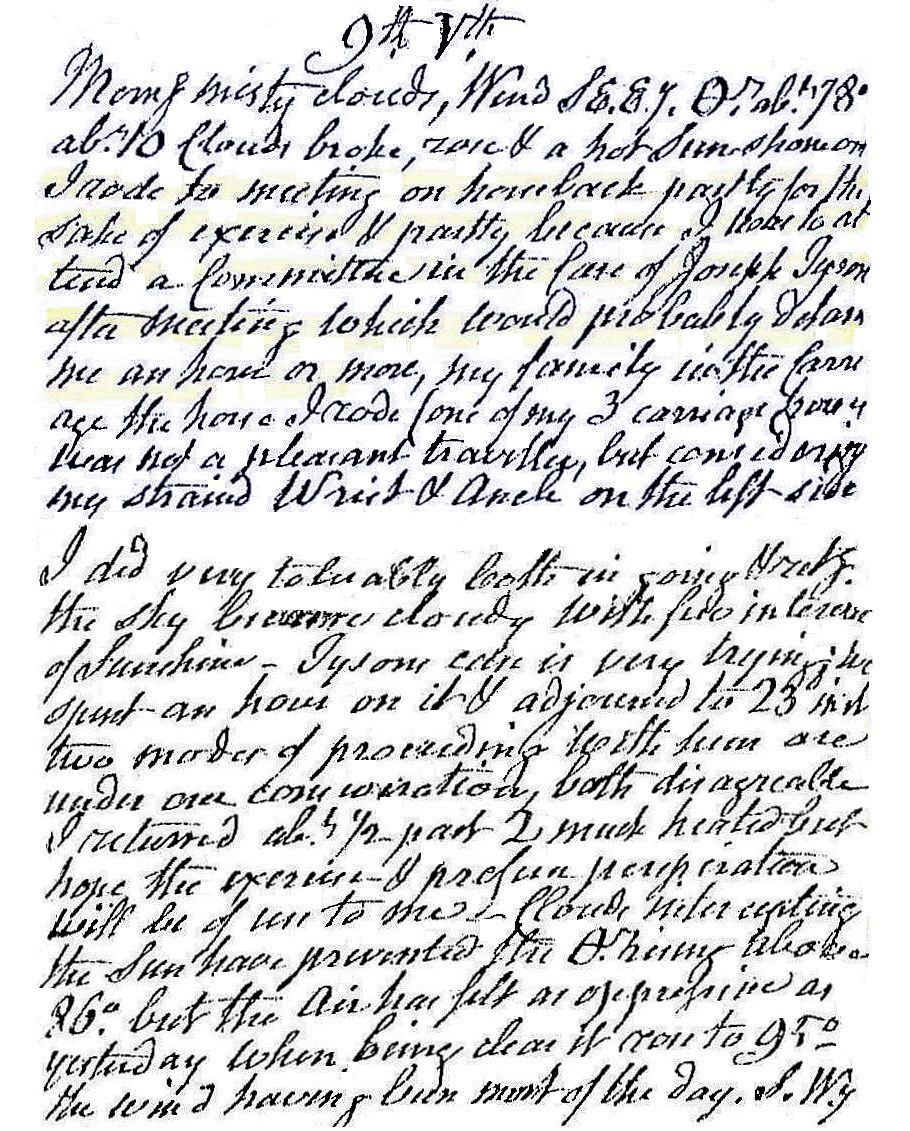
Morning misty clouds, wind SE Eerly, temperature about 78°. About 10 clouds broke, rose, and a hot sun shone on. I rode to Meeting on horseback partly for the sake of exercise and partly because I was to attend a committee in the Case of Joseph Tyson after Meeting which would probably detain me an hour or more, my family in the carriage. The horse I rode (one of my 3 carriage horses) was not a pleasant traveler, but considering my strained wrist and ankle on the left side I did very tolerably both in going and returning.
The sky became cloudy with few intervals of sunshine.
Tyson's case is very trying; we spent an hour on it and adjourned to 23. In it two modes of proceeding with him are under our consideration, both disagreeable. I returned about 1/2 past 2 much heated, but hope the exercise and profuse perspiration will be of use to me.
Clouds intercepting the sun have prevented the temperature rising above 86°, but the air has felt as oppressive as yesterday. When being clear it rose to 95°. The wind having been most of the day SWerly.
9 July 2000
ideas
Campo Marzio: Tafuri is arbitrary; not Piranesi.
9 July 2005
Re: NeoClassical Chili
Krautheimer published an essay, "Mensa-Coemeterium-Martyrium" 1960, where he earnestly speculates about the very real possibility that the early "Constantinian" basilicas (aside from St. John Lateran and St. Peter's Vatican) acted as covered graveyards where funeral banquets were held. He also noted how the shape of these basilicas was circus-like. When I read this essay (early 2005), I immediately though of the connection to the 'munus' ritual as related by Tertullian. And, after finding out more about the Mausoleum of Romulus/Circus of Maxentius complex (also early 2005), the "pieces" quickly fell together, particularly the connection of Eutropia to all this.
The Circus of Maxentius has been an unanswered question in my mind for a few years now, and now I think I know why Piranesi 'secretly' printed two different version of the Ichnographia Campus Martius--the Circus of Maxentius is the 'key' to the inversion of the pagan Roman Circus into the Early Christian 'basilica'.
Piranesi, in La Anticità Romane II (which predates the Campo Marzio publication by four years or so), delineated a "reconstruction" of the Basilica of St. Agnes--compare this with a present aerial view.
What led me to Krautheimer's essay above was a footnote in R. Ross Holloway, Constantine and Rome, 2004.
9 July 2006
Philadelphia Museum of Art
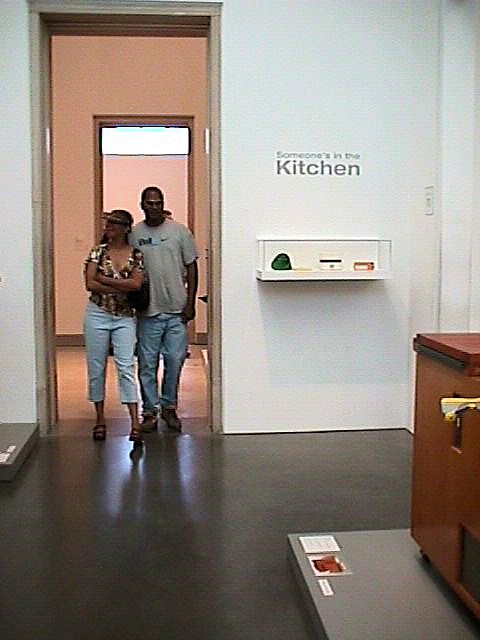
9 July 2013
9 July
The Circus [of Maxentius], nearly as big (520 yards/meters long and 92 wide) as the Circus Maximus, is worth taking time to visit since far more of the grandstand is visible than at the Circus Maximus. Although most of the tiers of seats have collapsed, the supporting structure is plainly apparent. Here 18,000 spectators once cheered the charioteers--or at least their favorite--in hopes he would win the 7- lap race and they would go home rich.
"As so often in late antiquity the imperial residence was accompanied by a circus, which is estimated as having held about 15,000 spectators, and which offers an unusually detailed picture of one of the racecourses that played such a large part in the social, and frequently also the political, life of later antiquity. The architectural niceties were many. Here one can see, for example, the ingenious irregularities of plan which ensured a fair start for the competitors in the outer lines; the starting-gates (carceres) set between the traditional pair of flanking towers (oppida); the two turning-points (metae) at either end of the central barrier (spina), which was placed well off-axis so as to allow for the crowding of the initial lap; the imperial box, overlooking the finishing line, and a second box near the middle of the opposite side for the use of the judges and organizing officials; the entrances and exits for the ceremonial parades of the contestants; and on the central point of the spina, in imitation of the Augustan obelisk in the Circus Maximus, the site of the Egyptian obelisk which Maxentius brought from Domitian's Temple of Isis in the Campus Martius and which Innocent X in 1651 retransported to the city to adorn Bernini's fountain in the Piazza Navona [which was the Circus of Domitian, also in the Campus Martius]. Constructionally the building is of interest for its bold use of alternative courses of bricks and of small tufa blocks, and for the large hallow jars used to lighten the mass of the vaulting that carried the seating, both characteristically late features which are discussed in greater detail later in this chapter."
--Ward-Perkins
9 July 2016
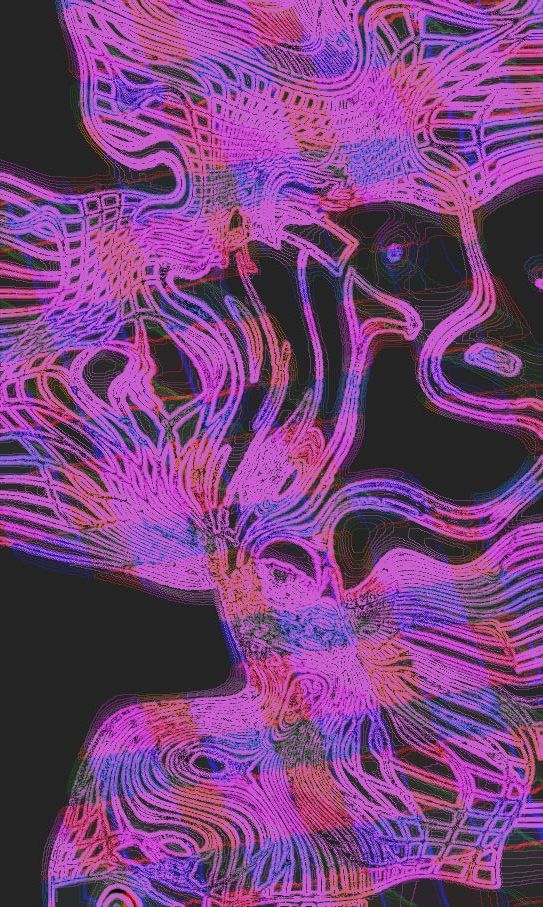 Virtual Painting 319
Virtual Painting 319
 Virtual Painting 323
Virtual Painting 323
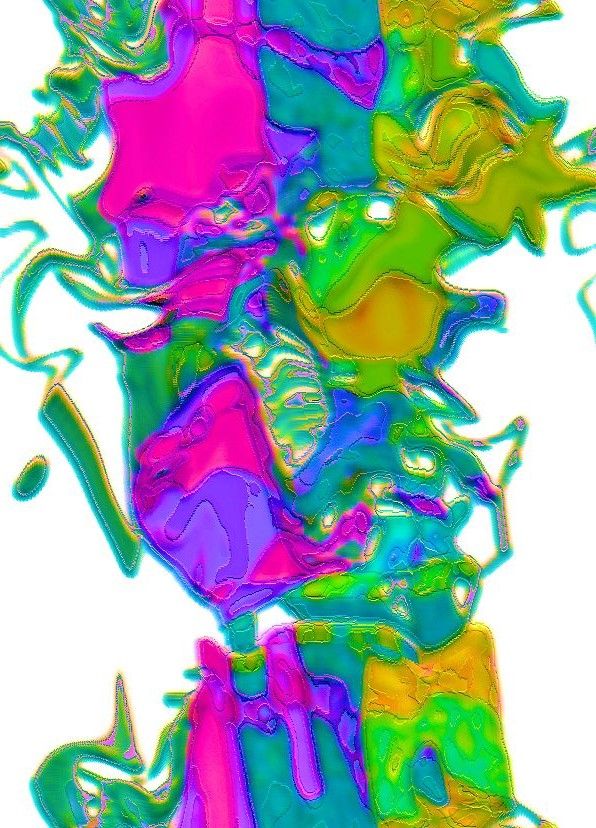 Virtual Painting 335
Virtual Painting 335
9 July 2019
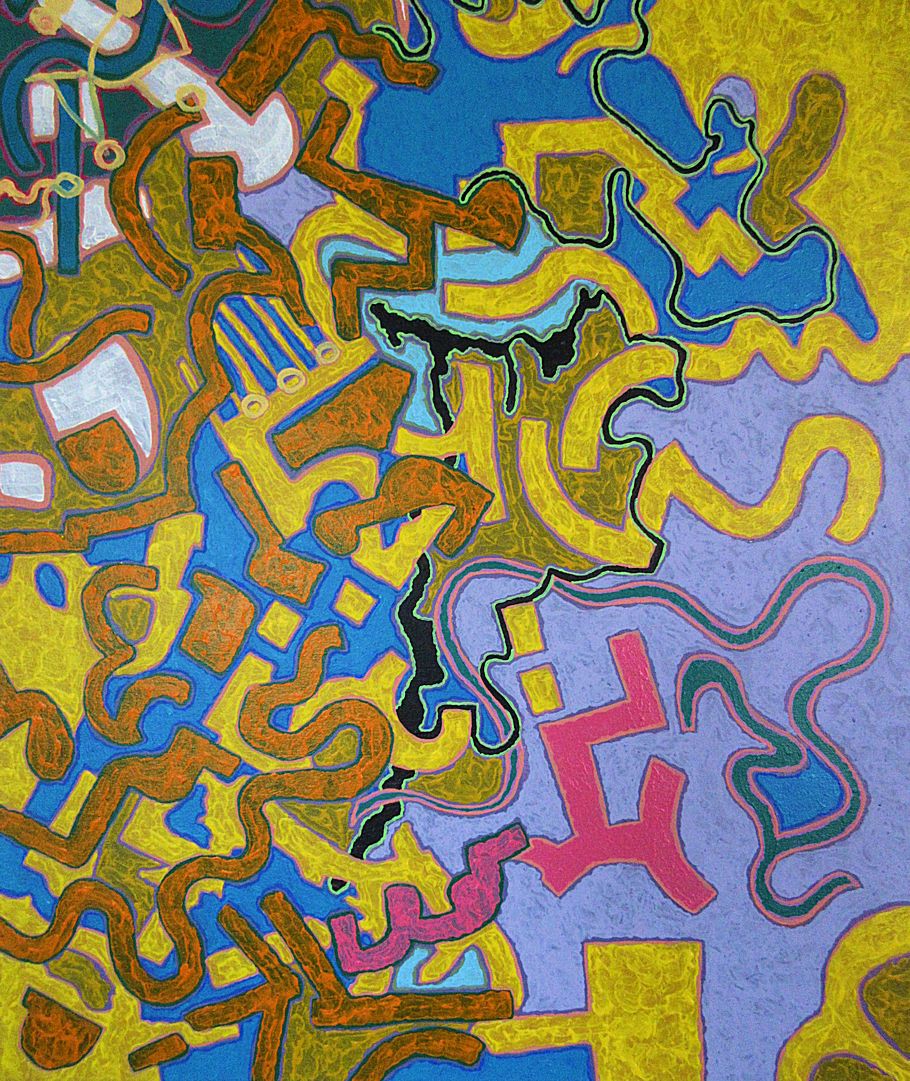
9 July 2020
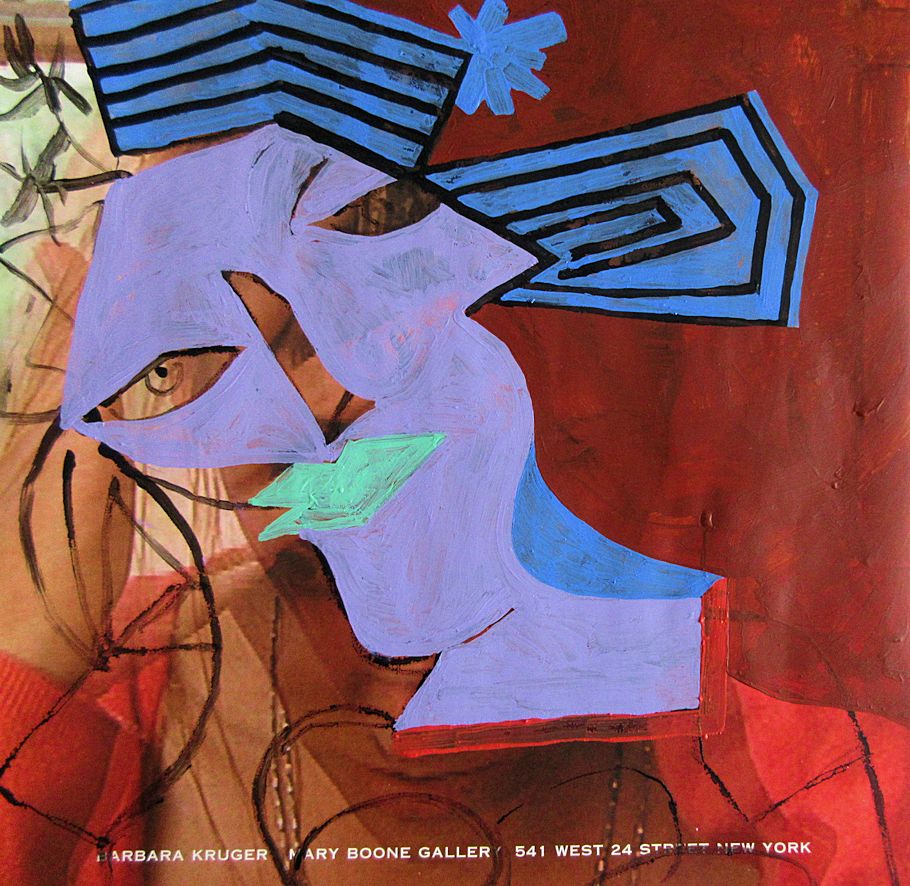
9 July 2023 Sunday
So far, I have not found Bianconi's two early biographies, Annibale Mariotti, Delle lodi di L. B., Perugia, 1781, and Enrico Sassoli, Della vita e delle opere di Giovanni Ludovico Bianconi, Bologna, 1885, available online.
|